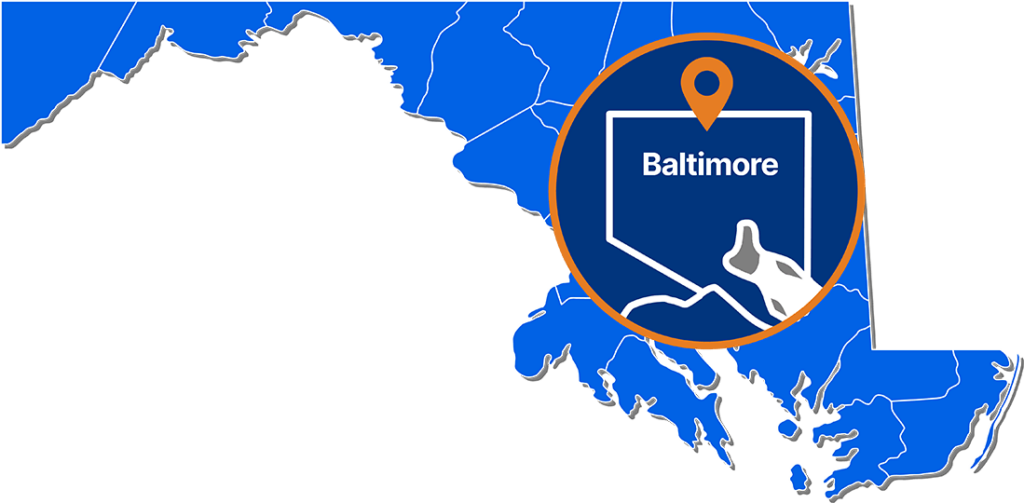Water damage is categorized into four classes based on the severity and extent of water intrusion. Class 3 water damage is one of the most severe classifications, involving extensive water absorption and a higher evaporation rate than class 1 or class 2. This classification is crucial for determining the appropriate mitigation and restoration strategies. In this article, we will explore the characteristics, common causes, restoration process, and preventive measures for Class 3 water damage.
Characteristics of Class 3 Water Damage
Class 3 water damage is characterized by extensive water exposure, affecting entire rooms or structures. Below are some key characteristics:
- Significant water intrusion: Water affects more than 40% of the total area.
- High absorption rate: Water is absorbed into walls, ceilings, flooring, furniture, and insulation.
- Rapid evaporation: Extensive drying efforts are required due to high moisture saturation.
- Water wicking up walls: Water can rise beyond two feet, reaching ceilings in extreme cases.
- Complex restoration process: Requires advanced drying and decontamination techniques to prevent long-term structural damage and mold growth.

Common Causes of Class 3 Water Damage
Understanding the sources of Class 3 water damage can help property owners take preventive actions. Here are some common causes:
| Cause | Description |
| Major flooding | Heavy rainfall, storm surges, or flash floods can inundate entire structures. |
| Burst water mains | A ruptured water main can quickly flood multiple rooms, saturating floors and walls. |
| Ceiling leaks | Severe roof leaks can cause water to pour down walls and into insulation. |
| Overwhelmed drainage systems | Clogged gutters or failed sump pumps can lead to water intrusion in basements and lower levels. |
| Fire suppression systems | Sprinkler systems activated by fire emergencies can flood indoor spaces. |
Restoration Process for Class 3 Water Damage
Class 3 water damage requires extensive restoration efforts due to the high saturation levels. Here are the essential steps in the process:
1. Assessment and Inspection
- Identify the source of water and stop further intrusion.
- Use thermal imaging and moisture meters to evaluate the extent of the damage.
- Determine whether the water is clean, gray, or black, which impacts the restoration approach.
2. Water Extraction
- Use industrial-grade pumps and wet vacuums to remove standing water.
- Extract water from carpets, furniture, and building materials.
- Remove unsalvageable materials, such as soaked drywall and insulation.
3. Drying and Dehumidification
- Deploy high-powered air movers and dehumidifiers to accelerate the drying process.
- Increase airflow by removing baseboards and drilling small ventilation holes in walls.
- Conduct daily moisture level monitoring to ensure thorough drying.
4. Cleaning and Sanitization
- Apply antimicrobial and disinfectant treatments to prevent mold and bacterial growth.
- Clean and deodorize affected surfaces, including carpets, furniture, and walls.
- Remove and replace contaminated insulation or drywall as needed.
5. Structural Repairs and Final Monitoring
- Repair or replace structural components damaged by prolonged water exposure.
- Conduct moisture tests to confirm dryness before rebuilding.
- Restore flooring, repaint walls, and reinstall insulation as necessary.
Cost Implications of Class 3 Water Damage
Class 3 water damage is significantly more expensive to repair due to the extensive damage and specialized restoration techniques required. Below are estimated cost ranges:
| Expense Factor | Estimated Cost Range* |
| Major plumbing repairs | $500 – $2,500 |
| Water extraction | $1,000 – $5,000 |
| Dehumidifier rental | $100 – $300 per day |
| Drywall and insulation replacement | $2,000 – $7,000 |
| Professional restoration | $3,000 – $10,000+ |
(*Actual costs may vary based on location and service provider.)
Preventive Measures for Class 3 Water Damage
Preventing Class 3 water damage requires proactive maintenance and emergency preparedness. Consider these preventive measures:
- Routine Plumbing Maintenance: Inspect pipes, valves, and fixtures for leaks or weaknesses.
- Roof and Gutter Inspections: Ensure roofing materials and drainage systems are in good condition.
- Install Sump Pumps and Backup Systems: Protect basements from water intrusion with reliable sump pumps.
- Proper Landscaping and Drainage: Ensure the land slopes away from the foundation to prevent water accumulation.
- Fire Suppression System Checks: Regularly inspect sprinklers to avoid accidental activation and flooding.
Reach out to First and Last Restoration if you are experiencing Class 3 Water Damage
Class 3 water damage presents a severe risk to structures and requires immediate attention to minimize long-term effects. With widespread water absorption, high evaporation rates, and potential structural compromise, this classification demands professional restoration efforts. By understanding its characteristics, causes, and mitigation strategies, homeowners and businesses can take proactive steps to reduce risks and prevent costly repairs. Proper planning and timely intervention can protect properties from extensive water damage and ensure a quicker recovery process. If you’re dealing with Class 3 water damage, First and Last Restoration has the expertise and equipment to restore your property efficiently!


